Table of Contents
What Is a Calm Corner?
A calm corner (sometimes called a calm down space or safe place) is a dedicated area designed to help children regulate their emotions. It offers a quiet environment where children can recognise how they’re feeling, soothe their nervous systems, and return to learning, playing, or connecting.
Who Is It For?
Toddlers to upper primary students benefit from calm corners. It’s particularly helpful for children developing emotional regulation or who are neurodivergent (e.g. ADHD, autism, or sensory processing differences). Even adults can benefit from the principles behind it!
Misconceptions About Calm Corners
- It’s just a play space: It’s okay to let children explore the calm corner when they’re not upset, especially when first introducing it. But over time, help them understand its purpose: it’s not for play, it’s for regulation. Role play, storybooks, and calm corner rules can gently guide them toward using it when it’s truly needed.
- It’s a time-out: A calm corner isn’t a traditional time-out. It’s a supportive strategy, used proactively or when emotions are already big. Children aren’t sent to the calm corner as a consequence. Instead, they’re encouraged to use it when they need time and space to feel better.
- It’s about control: Don’t force children to use the space. Let them choose to go, or gently offer it: “You’re feeling really frustrated. Would you like some quiet time in the calm corner?” If a child refuses, that’s okay. Stay near and co-regulate first. A calm corner works best when a child feels emotionally safe not isolated.
How to Set Up a Calm Corner
You don’t need much space or a big budget. The key is to make it feel safe, soothing, and sensory-aware. Children feel most secure when the environment is consistent and predictable. Knowing there’s a specific, unchanging spot they can go to when feelings get big helps build emotional safety and trust.
➤ Big Space Ideas
- Use a corner of a room with a soft mat, beanbag, or small shelf.
- Add a tent or canopy to create privacy and a sense of enclosure.
➤ Small Space or No Space?
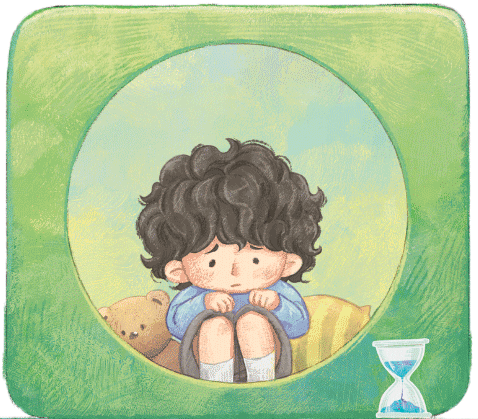
- Use a decorated washing machine box your child can fit in, along with a calm kit.
- Drape a blanket over a table to make a quick hideaway.
- Create a calm kit in a shoebox or tray that children can carry to a consistent, designated quiet spot.
- Use a pop-up laundry basket with soft toys and books.
➤ Low-Cost Essentials
You don’t need fancy equipment. Focus on items that are soft, visual, and comforting:
- Pillows or a soft mat
- Picture books (e.g. about emotions or calming strategies)
- Fidget toys, pop-its, or stress balls
- Emotion cards or feeling faces
- Visual tools: breathing boards, glitter jars, calm-down posters
- Headphones or quiet music
- Family photo or personal comfort item
Tip: Make sure the space is not overstimulating. Avoid too many books, bright colours, loud noise, or clutter.
Some printable activity ideas for calm corners:
Books for Your Calm Corner?
The Shouting Girl by Steven Huynh is a thoughtful picture book that supports emotional regulation, making it an ideal addition to any calm corner. Through relatable characters, it explores big emotions like anger and overwhelm in a gentle, accessible way. The story also shows different types of calm spaces, such as a tent in the Zen corner or a small, green box, that children can easily connect with or recreate in their own environment.
How to Use a Calm Corner
➤ Set Clear, Positive Expectations
Children need to understand that the calm corner is there to help them, not control them. Introduce it when everyone is calm, and practise how to use it:
- “When I feel sad, I can sit here and read a book.”
- “I can use a stress ball and try to stay calm.”
Use visuals or co-created calm corner rules, such as:
- This is a space to feel better.
- We use it when we feel upset, angry, sad, tired, or overwhelmed.
- We take care of the items and use them gently.
- We let others use the space without interruption.
➤ How Long Should Children Stay?
Children are welcome to stay as long as they need, but most feel better after 5–10 minutes. To gently guide their return:
- Offer choices: “Would you like (another) 5 minutes or 10?”
- Use a visual or sand timer: These feel less harsh than digital alarms.
- Quiet check-ins when the timer ends: “How are you feeling? Would you like to rejoin or stay a little longer?”
- Provide a soft transition: “Would you like to help me hand out papers when you’re ready?”
Instead of jumping straight into work or a noisy group, this gives children time to ease back in.
Final Thoughts
A calm corner isn’t magic, but it’s an intentional invitation to pause, feel, and recover. Whether you’re a parent managing after-school meltdowns or a teacher juggling a busy classroom, creating this space shows children that all feelings are okay, and that they have the tools, and support, to get through them.



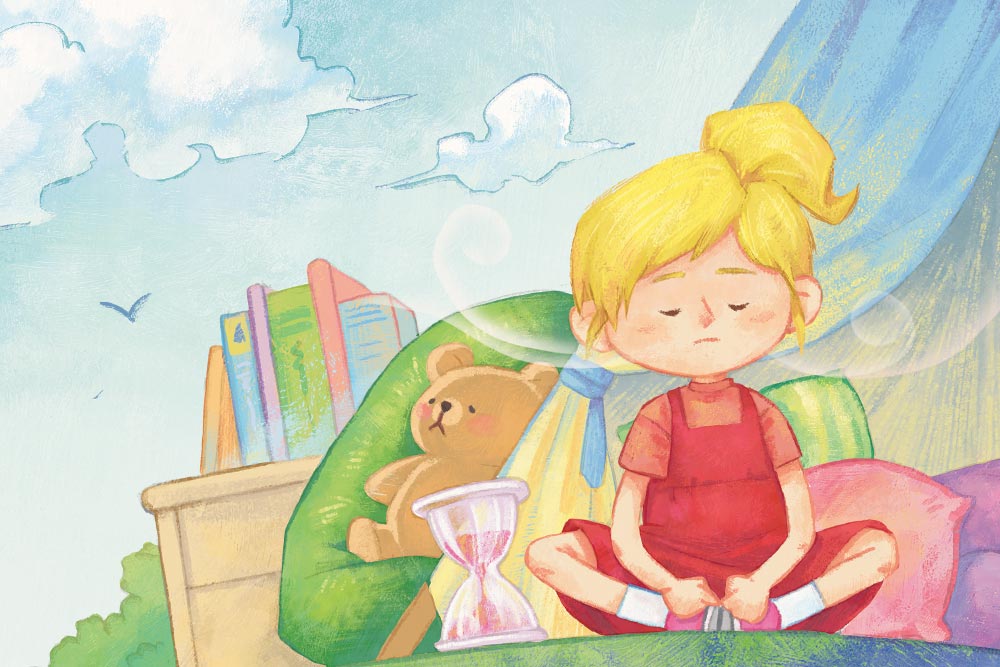
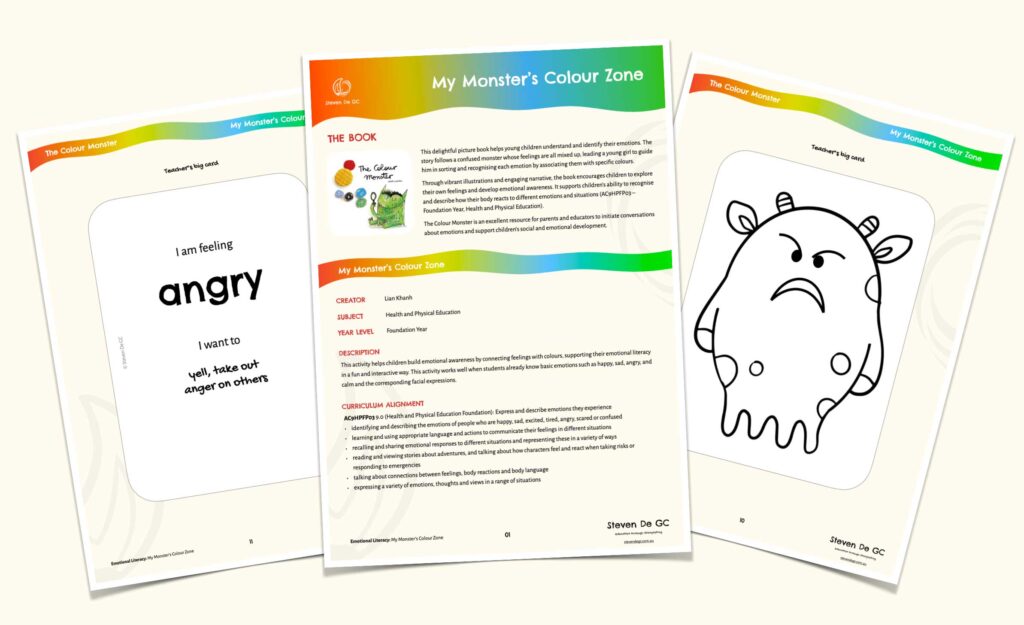
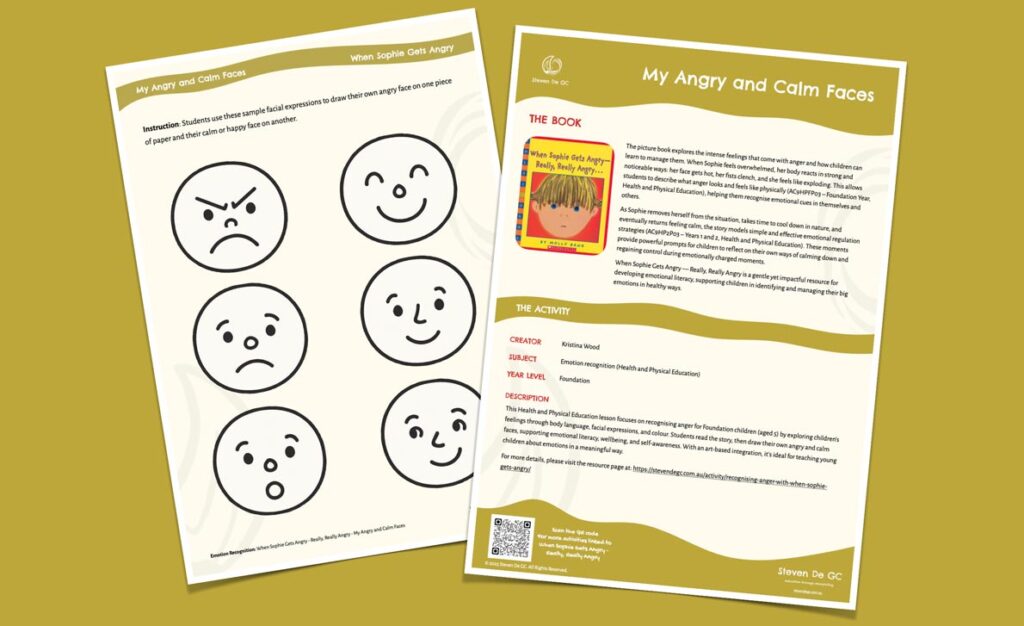
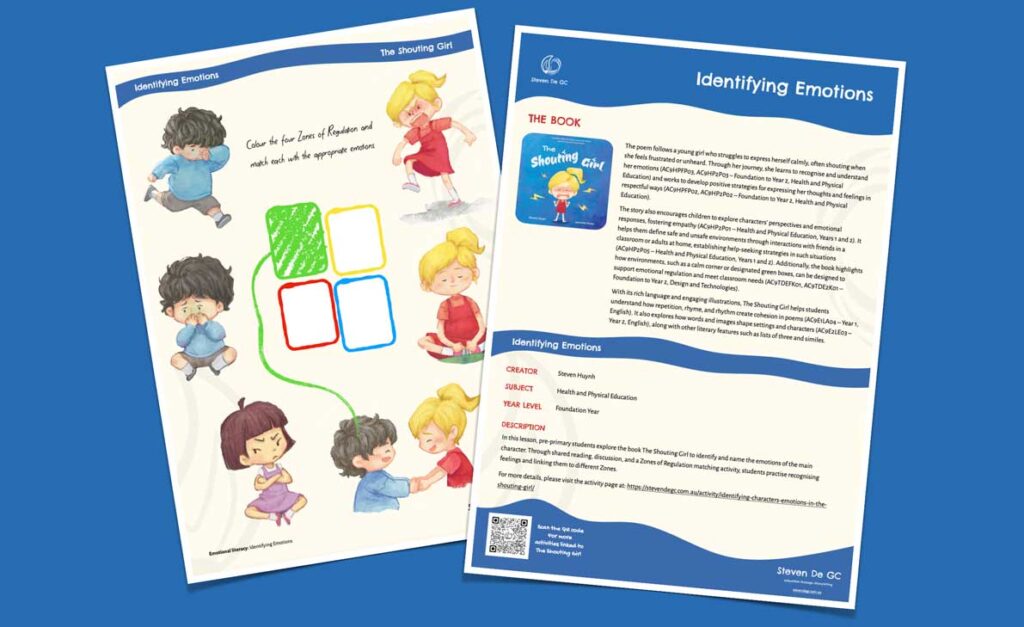
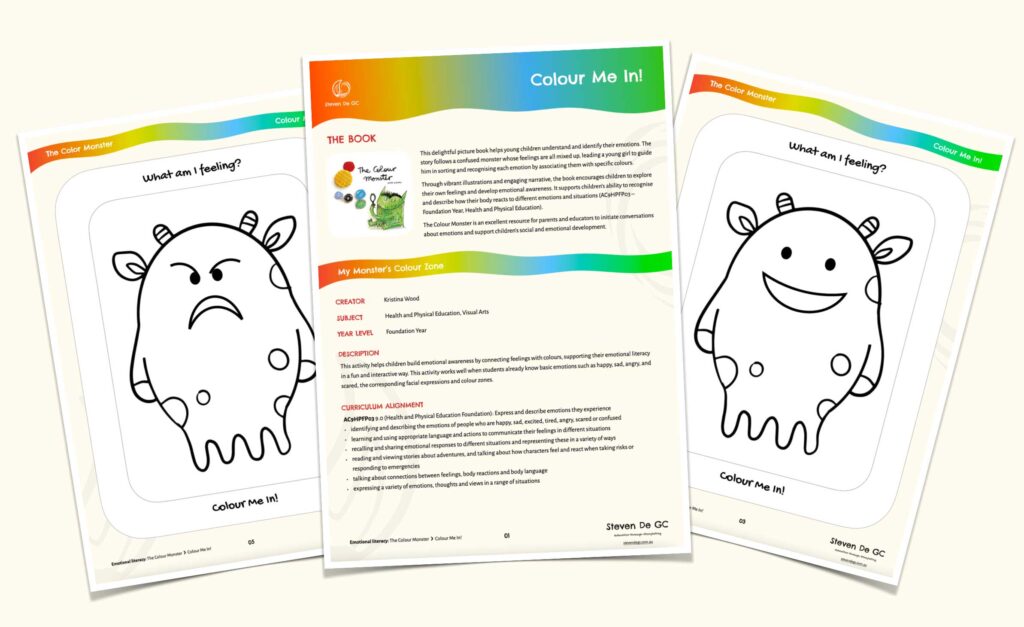


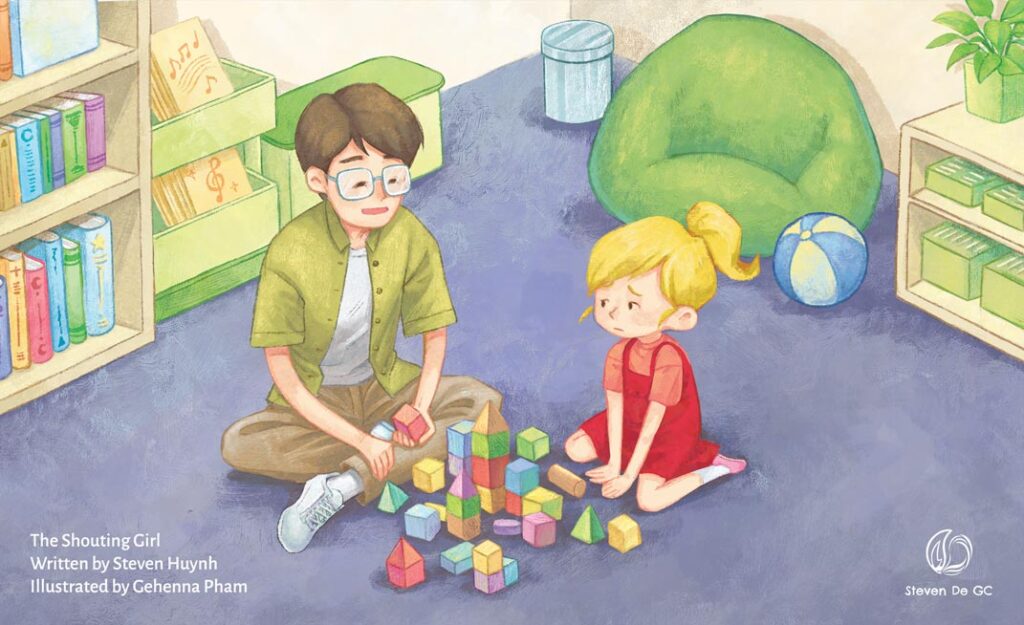
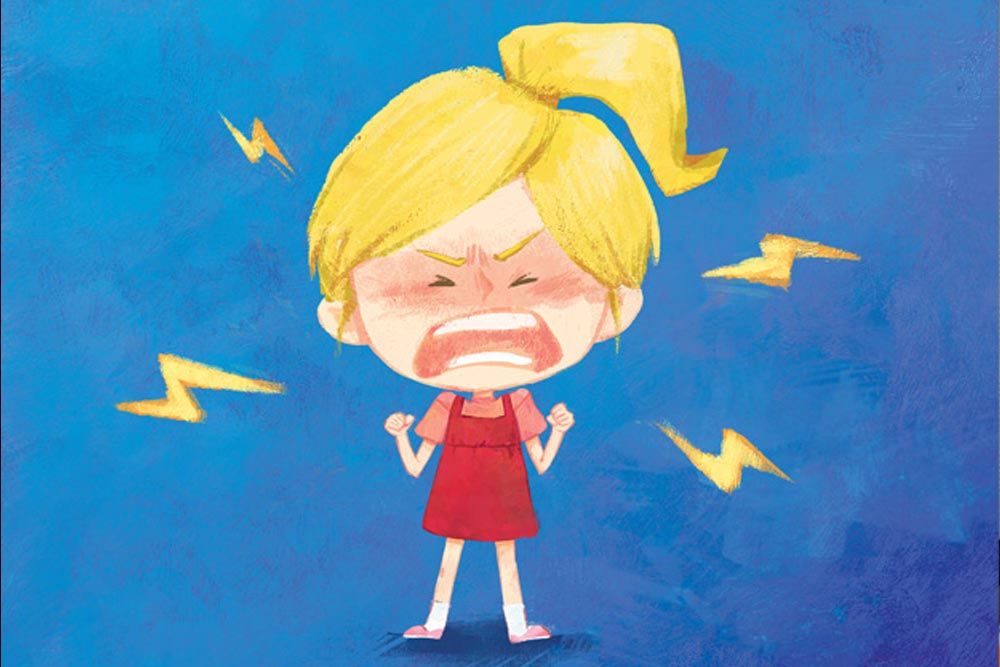


Leave a Reply